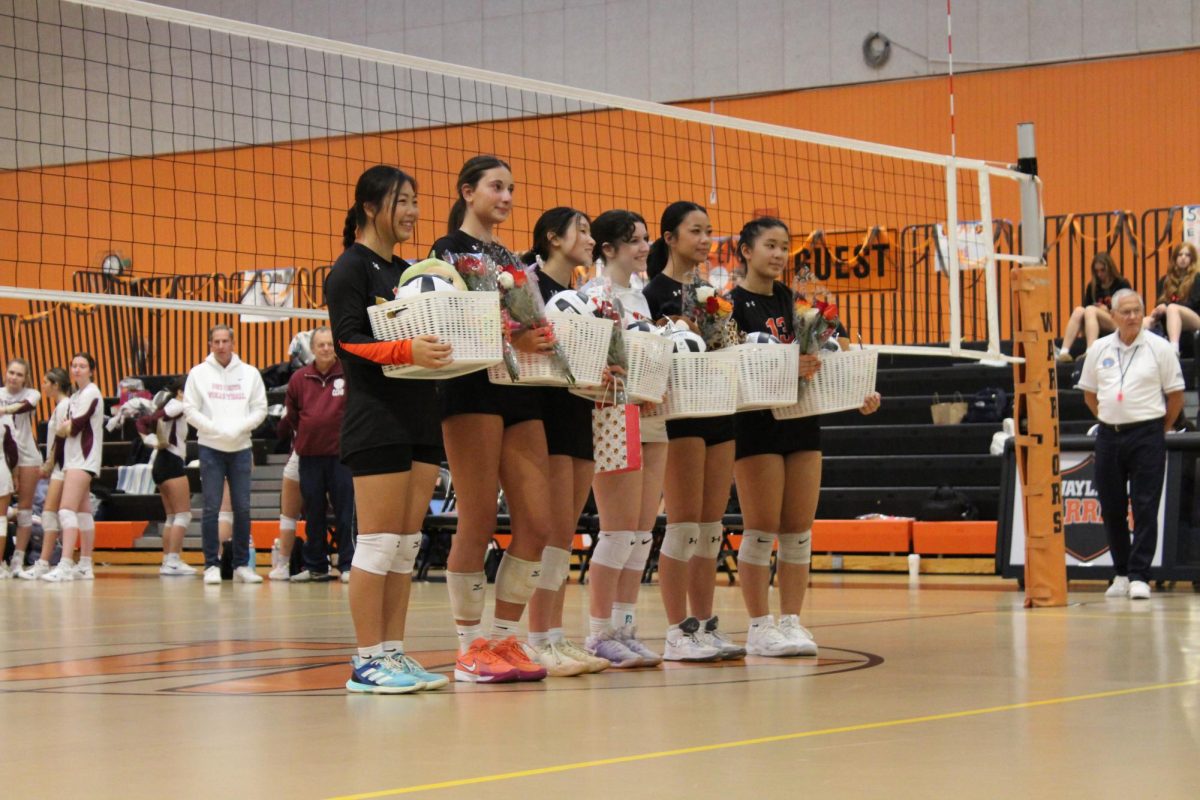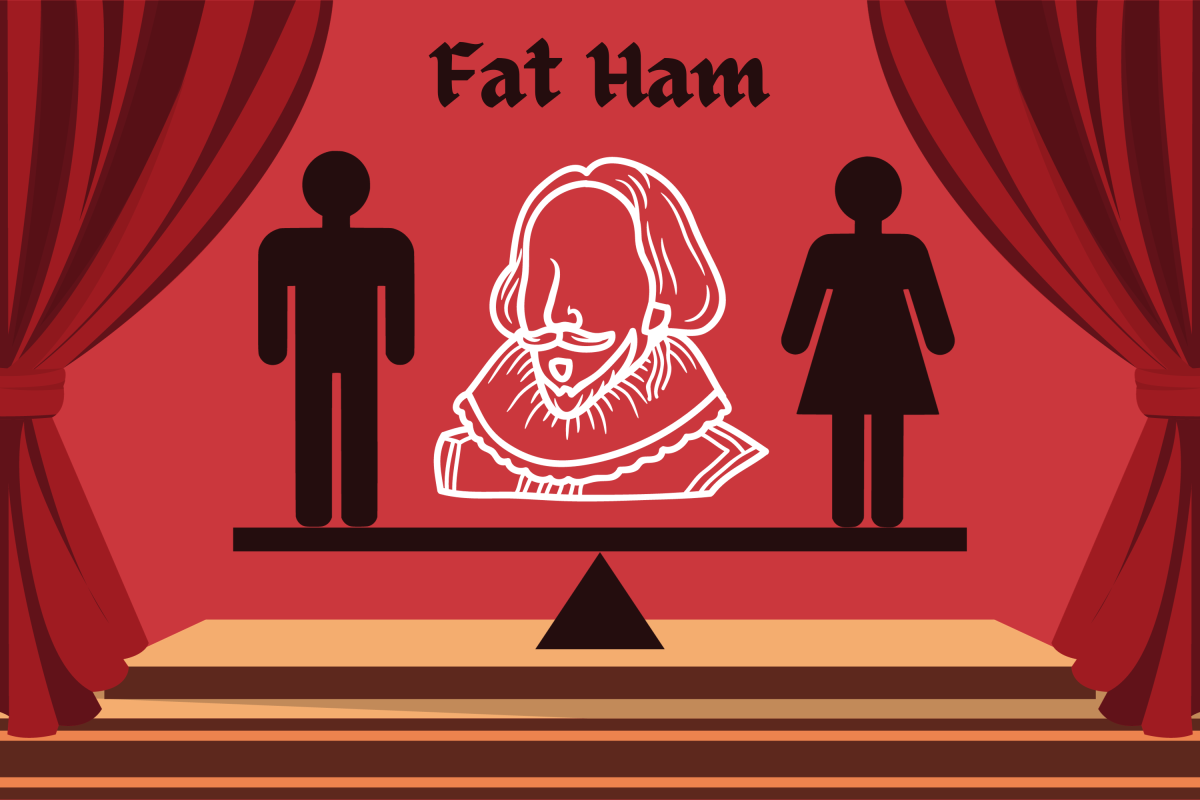On Oct. 5, the Wayland High School Advanced Placement (AP) European History class took a field trip to Boston’s Wimberly Theatre to watch “Fat Ham.” “Fat Ham” is play modeled after Shakespeares’s famous “Hamlet” performed by the Huntington Theatre.
“Fat Ham” takes place in modern-day society and is set at a backyard barbecue in the South. Much like the politics discussed in “Hamlet,” “Fat Ham” examines politics relevant to today’s society, such as gender expression and roles.
“[Fat Ham] shows a shift in society in the United States towards a larger freedom of gender expression and a shift away from traditional gender roles that would have existed 100 years ago,” senior Zackary Goldstein said.
The play also engages it’s audiences through the cultural lens of the American South, discussing topics that are a part of Black and American history, like the legacy of slavery, generational trauma and violence.
“’Fat Ham’ complements the AP European curriculum through its exploration of high culture and popular culture,” AP European History teacher Ellen Cheeseman-Meyer said. “We’ve been talking a lot about those two aspects of culture in class. [Hamlet] was a great example of something that was popular culture when it was created, but kind of became high culture and through [Fat Ham], [Hamlet] has kind of returned to being popular culture.”
High culture and popular culture are two ways the different aspects of human experience are categorized. High culture refers to the cultural products and activities that are considered sophisticated, refined and often associated with intellectual and artistic pursuits. On the other hand, popular culture, as the name suggests, is the culture that is prevalent among the general population. It encompasses the cultural products, trends and practices that are widespread and easily accessible.
Through a more daring approach to humor and audience engagement, “Fat Ham” also incorporates a shock factor to keep viewers on their feet.
“Some of my students enjoyed it a lot,” Cheeseman-Meyer said. “I think some of them found aspects of the play a little shocking. There’s a lengthy monologue in the last act that I think no one was expecting.”
The play also employs the use of humor and dark intent, which is displayed through the actors’ performances.
“I think the actor who played both the father and the uncle was very good and portrayed a hardened old man,” senior Atharv Rajeev said. “His performance was tough and gruff, and his characters were mean and succinct, but also kind of moving in a way. Also, the ghost of the father combines humor and dark intent nicely.”
“Fat Ham” uses many underlying themes in order to tackle its content, which can be confusing to understand for some people.
“I think I was more confused than satisfied,” said Goldstein. “I liked the message of the play, but I was slightly unsure of how the plot was completely resolved as it seemed to end a little suddenly. Even though I was confused, I was still satisfied by the way that the issue of gender roles was resolved as the characters’ expressed their true feelings without fear of what others perceived.”
Although modeled after “Hamlet,” “Fat Ham’s” relationship with “Hamlet” can be unclear at points.
“I would make the relation to Hamlet more clear,” said Goldstein. “It seemed like the play was only related to Hamlet in relation to [one part of the plot]. As someone who hasn’t watched Hamlet, however, I may have missed more similarities. Many of the subplots felt confusing at times as well.”
“Fat Ham” represents a modern twist on a remnant of a story from the European eras in the form of a play.
“It gave me an appreciation for the art of theater,” Rajeev said. “A lot of sources or ideas of pop culture and high culture from these European eras come from the remnants of stories in the form of art and plays. Seeing one in person helps us better understand these mediums and thus history.”
The topics covered in “Fat Ham” may be heavy, but its underlying message proves to be important for some.
“I can relate to the message of the play that it is important to express who you are and not let others beliefs drag you down,” Goldstein said.





































